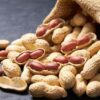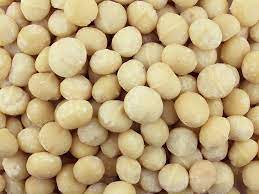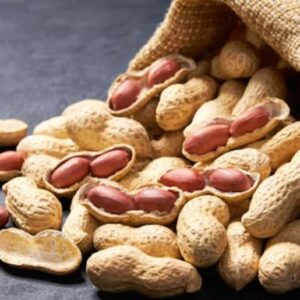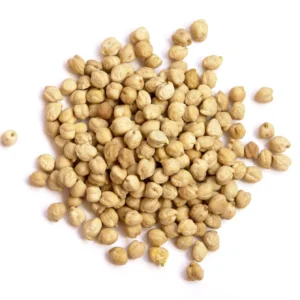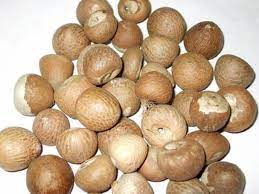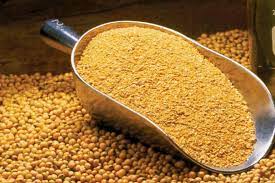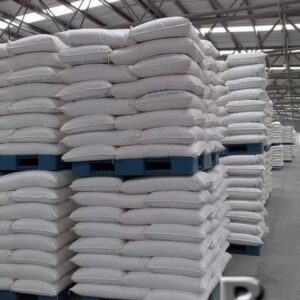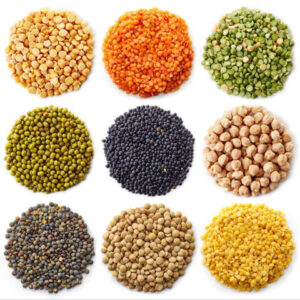Macadamia Nuts are top of the tree in more ways than one. The most energy-rich nut, they are high in monounsaturated fats and are an excellent source of the stress-bustin’, energy-pumpin’, skin-healin’ vitamin, thiamin. Woah, who’s the Mac?!!
- Raw Whole Macadamia Nuts (100%)
- Style 1 Premium Grade (Minimum 90% Wholes)
- Unsalted and Unroasted
- Super Rich in Thiamin, Manganese, Magnesium and Iron
- A Great Source of Heart-Healthy Monounsaturated Fats
- Perfect for Desserts, Baking and Roasted Savoury Dishes
- Makes an Awesome Vegan ‘Parmesan Cheese’-Style Topping for Salads and Pasta!
- 11.34kg Wholesale Bulk Box
| Nutritional Information, typical values per 100g | |
|---|---|
| Energy | 3004kJ/718kcal |
| Carbohydrates | 14.0g |
| of which sugars | 4.6g |
| Fibre | 9.0g |
| Fat | 76.0g |
| of which saturates | 12.0g |
| Protein | 8.0g |
| Salt | 0.005g |
Macadamia is a genus of four species of trees in the flowering plant family Proteaceae. They are indigenous to Australia, native to northeastern New South Wales and central and southeastern Queensland specifically. Two species of the genus are commercially important for their fruit, the macadamia nut /ˌmækəˈdeɪmiə/ (or simply macadamia). Global production in 2015 was 160,000 tonnes (180,000 short tons). Other names include Queensland nut, bush nut, maroochi nut, bauple nut and, in the USA, they are also erroneously known as Hawaii nut. In Australian Aboriginal languages, the fruit is known by names such as bauple, gyndl or jindilli (north of Great Dividing Range) and boombera (south of the Great Range).[citation needed] It was an important source of bushfood for the Aboriginal peoples who are the original inhabitants of the area.

Fresh macadamia nut with husk or pericarp cut in half
The nut was first commercially produced on a wide scale in Hawaii, where Australian seeds were introduced in the 1880s, and for some time, they were the world’s largest producer. South Africa has been the world’s largest producer of the macadamia since the 2010s.
Macadamia is an evergreen genus that grows 2–12 m (7–40 ft) tall.
The leaves are arranged in whorls of three to six, lanceolate to obovate or elliptic in shape, 60–300 mm (2+1⁄2–12 in) long and 30–130 mm (1+1⁄8–5+1⁄8 in) broad, with an entire or spiny-serrated margin. The flowers are produced in a long, slender, and simple raceme 50–300 mm (2–12 in) long, the individual flowers 10–15 mm (3⁄8–9⁄16 in) long, white to pink or purple, with four tepals. The fruit is a hard, woody, globose follicle with a pointed apex containing one or two seeds. The nutshell (“coat”) is particularly tough and requires around 2000 N to crack. The shell material is five times harder than hazelnut shells and has mechanical properties similar to aluminum. It has a Vickers hardness of 35.

